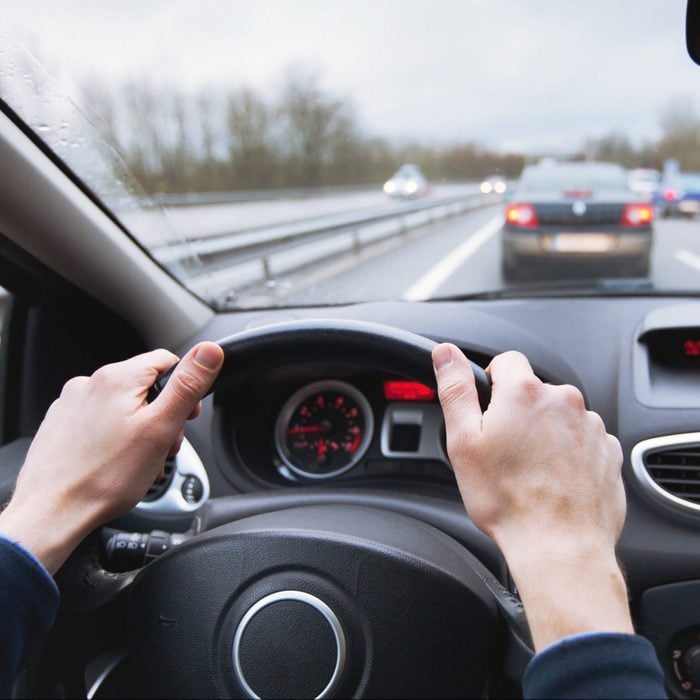3 Types of Power Steering Systems
Updated: Mar. 07, 2024

Modern hydraulic and electronic power steering systems greatly reduce turning effort, deliver better road feel and offer improved steering control.
Early steering systems were simple mechanical mechanisms. Today’s power steering is much more intricate. Without power steering, just about every vehicle — from those classic mid-20th century behemoths to today’s smaller, denser front-wheel-drive cars, crossovers and SUVs — would be difficult to steer.
For more than a half-century, hydraulic power steering ruled the roads. No longer. Now hybrid electro-hydraulic and fully electric power steering systems are commonplace. Such systems can even vary the assistance applied to the steering system, depending on driving conditions.
On This Page
How do the Three Power Steering Systems Differ?
All three power steering systems perform the same important function, but they execute it differently. A hydraulic system uses mechanically pumped high pressure fluid, an electro-hydraulic system uses an electric motor to pressure fluid, and an electric system uses an electric motor and sensors. The end result is the same: You can easily turn the steering wheel under all conditions. Fully electric power steering systems save about one mile per gallon, require less maintenance and are more reliable that a hydraulic system.
Hydraulic Power Steering
This system uses pressurized power steering fluid, supplied by the power steering pump, to decrease steering effort. An engine-driven accessory drive or serpentine belt turns on the pump and directs high-pressure power steering fluid via the high-pressure hose to the input side of the power steering gear-control valve.
High pressure acting on the control valve assists the driver when turning the front wheels. Power steering fluid is stored in a reservoir. Proper fluid level in the reservoir is maintained when the fluid returns from the steering gear at much lower pressure. Hydraulic power steering systems continuously pump fluid and are susceptible to engine speed — high revolutions per minute equal high pressure output, lower revolutions per minute equal low pressure output. To maintain constant pressure, a power steering pump uses a bypass valve to maintain constant pressure no matter what the engine speed.
Electro-Hydraulic Power Steering
These systems employ a brushless electric motor to drive the hydraulic power steering pump instead of an engine driven accessory drive or serpentine belt. This system operates the same and provides the same feel of a conventional hydraulic power steering system.
Electric Power Steering or Motor-Driven Power Steering
This system eliminates hydraulics and pressurized fluid from the system. When the driver turns the steering wheel, a brushless bi-directional permanent magnet motor connected to the steering gear or steering column turns the front wheels. Sensors detect which way the steering wheel is turned to assist the movement of the steering gear in the correct direction.
No matter what kind of system you have, power steering only acts on the steering gear when the driver turns the wheel.
Advantages of Electric Power Steering
Hydraulic power steering systems are complex, heavy, require maintenance and take up a lot of space. Electric power steering uses considerably fewer parts.
Using steering angle and steering torque sensors, plus sophisticated software, engineers can adjust the amount of assist, but also how the steering feels to the driver by reproducing different road feel characteristics for different driving conditions. And hydraulic power steering uses 90 percent more engine power than electric power steering.
Because an electric power steering system draws significantly less power from the engine, it greatly improves fuel economy and reduces tailpipe emissions. And removing a drive pulley and belt from the engine reduces wear and tear. This will prolong the engine’s life and help reduce costly repairs.
What Does the Future Hold?
As more and more electronics are added to vehicles, look for adaptive and variable-ratio electric power steering to optimize driver response and vehicle maneuverability. Fly-by-wire steering that replaces the mechanical connection between the steering wheel and steering gear with computers and sensors, as well as self-steering cars that navigate without driver input, will redefine automotive form and function. Don’t forget to check our list of the best car innovations that improved driving safety.
